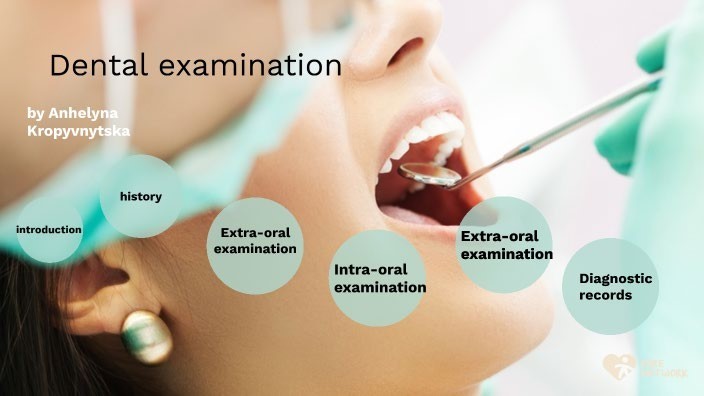A nurse is caring for a client who consumes 3 ounces of milk, 2 ounces of orange juice, 3 ounces of tea, and 4 ounces of water over a 4-hour period. The client is also receiving dextrose 5% in 0.45% sodium chloride at a rate of 30 mL/hr by continuous IV infusion. Calculate the client’s intake for that 4-hr period in mL.
(Round the answer to the nearest whole number. Use a leading zero if it applies. DO not use a trailing zero.)
The Correct Answer is ["480"]
480 mL.
The client's total oral intake over the 4-hour period is 3 ounces of milk + 2 ounces of orange juice + 3 ounces of tea + 4 ounces of water = 12 ounces. Since there are approximately 30 mL in 1 ounce, the client's oral intake in mL is 12 ounces * 30 mL/ounce = 360 mL.
The client is also receiving dextrose 5% in 0.45% sodium chloride at a rate of 30 mL/hr by continuous IV infusion. Over a 4-hour period, the client will receive a total of 30 mL/hr * 4 hours = 120 mL from the IV infusion.
Therefore, the client's total intake for that 4-hour period is 360 mL (oral intake. + 120 mL (IV infusion) = 480 mL.
Nursing Test Bank
Naxlex Comprehensive Predictor Exams
Related Questions
Correct Answer is A
Explanation
When caring for a client who has a tracheostomy, the nurse should secure the tracheostomy ties to allow one finger to fit snugly underneath. This helps ensure that the tracheostomy tube is secure and prevents accidental dislodgement.
b) A cotton tip applicator should not be used to clean inside the inner cannula as it can leave fibers behind
and increase the risk of infection.
c) The skin around the stoma should be cleansed with sterile saline, not normal saline, to reduce the risk of infection.
d) The outer cannula should not be soaked in warm, soapy tap water as this can introduce bacteria and increase the risk of infection.

Correct Answer is A
Explanation
When providing teaching about health promotion guidelines to a group of young adult male clients, the nurse should include the recommendation to have a dental examination every 6 months. Regular dental examinations can help prevent dental problems and maintain good oral health.
b) A testicular examination is recommended annually, not every 2 years.
c) A tetanus booster is recommended every 10 years, not every 5 years.
d) A herpes zoster immunization is recommended for adults age 60 and older, not age 50.

Whether you are a student looking to ace your exams or a practicing nurse seeking to enhance your expertise , our nursing education contents will empower you with the confidence and competence to make a difference in the lives of patients and become a respected leader in the healthcare field.
Visit Naxlex, invest in your future and unlock endless possibilities with our unparalleled nursing education contents today
Report Wrong Answer on the Current Question
Do you disagree with the answer? If yes, what is your expected answer? Explain.
Kindly be descriptive with the issue you are facing.
